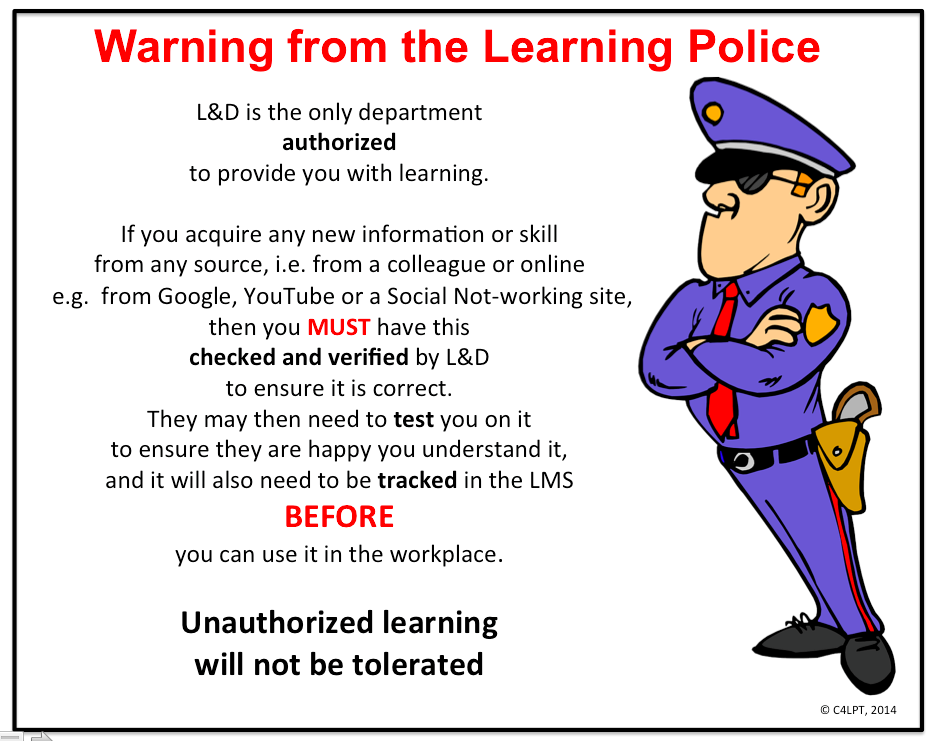This is a page of the first FREE section of MWL 2023
Back: INTRODUCTION TO MODERN WORKPLACE LEARNING 2023
Learning in the modern workplace is everyone’s responsibility – not just L&D but the manager and the individuals themselves. However, their roles and responsibilities will overlap as illustrated on this diagram below – and explained below.

INDIVIDUALS will need to become more self-sufficient and self-reliant. This includes trying to solve their own performance problems – rather than waiting to be spoon-fed everything they need to do their daily job. They will need to take (more) responsibility for their own continuous self-improvement, learning and development to stay relevant in their jobs. They will also need to recognise that they learn every day through problem solving, experimentation, working with others, by asking questions, talking to experts, learning from one’s mistakes, and so on. Every day is a learning experience. In summary, it is individuals who lie at the centre of organisational learning and development
MANAGERS will need to take (much more) responsibility for the growth and development of their people in their daily working lives – and not just pass this off to their L&D department. It means valuing non-training ways of learning, adopting modern learning practices themselves, and encouraging the sharing of knowledge and experiences in their teams.
L&D’s role will no longer be just designing, delivering and managing training but enabling and supporting learning in all these ways. After all they can no longer provide and manage everything everyone needs to learn to do their job and prepare them and the organisation for the future. Their work will need to be more about enabling and supporting a continuous learning culture and mindset in the organisation.
In the modern workplace L&D will no longer have sole responsibility for learning at work. Consequently they will need to form a new relationship with the business.
(1) A new relationship with managers
L&D needs to move away from being a “course order taker” – simply taking instructions for training or courses from managers. This situation has arisen since managers tend to see solutions to work problems as courses, but courses are often not the best solution, as Ron Carucci points out in When companies should invest in training their employees — and when they shouldn’t.
“Training is useful at times but often fails, especially when it is used to address problems that it can’t actually solve … Many well-intended leaders view training as a panacea to obvious learning opportunities or behavioral problems.”
Training has to be a valid and appropriate response to a need. So if L&D continues to act as “course order takers”, nothing will change. L&D therefore need to work with managers as a consultant, partner or advisor.
The key to continuous learning lies with managers, so this will involve helping managers adopt a new management style that is not focused on simply directing people to do their job and making sure they do it, but growing and developing their team.
(2) A new relationship with individuals
L&D needs to move away from being the “learning gatekeeper” where they control access to all learning in the workplace, and from the “learning police” where they enforce the process, as this tongue-in-cheek graphic highlights!

L&D professionals need to foster self-sufficient modern workers who are not reliant on being spoon-fed everything they need to do their job, but enabling and supporting their learning in all its ways – at, for or through work.
So, what does this mean for individuals, managers and L&D?
Last updated: September 13, 2023 at 8:43 am